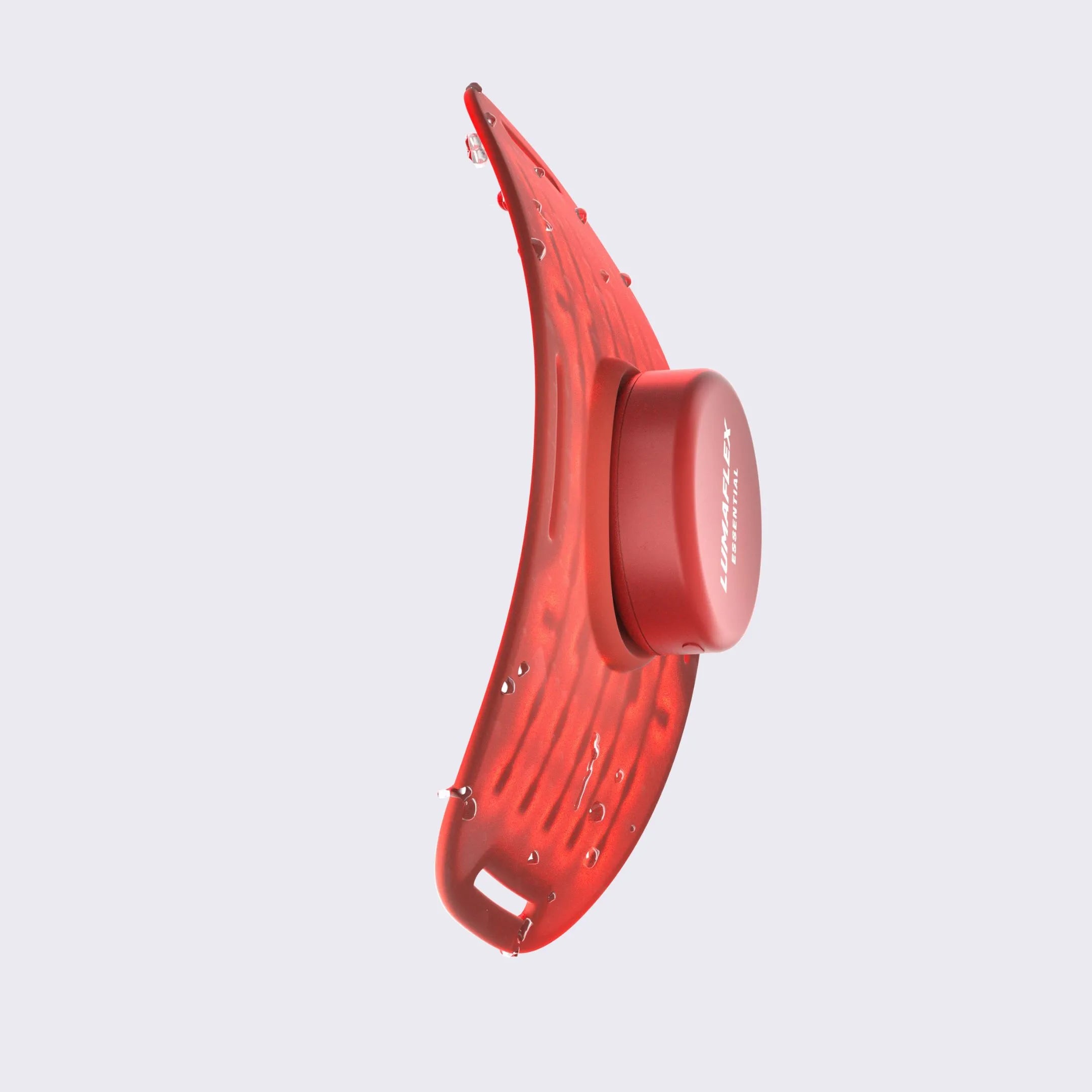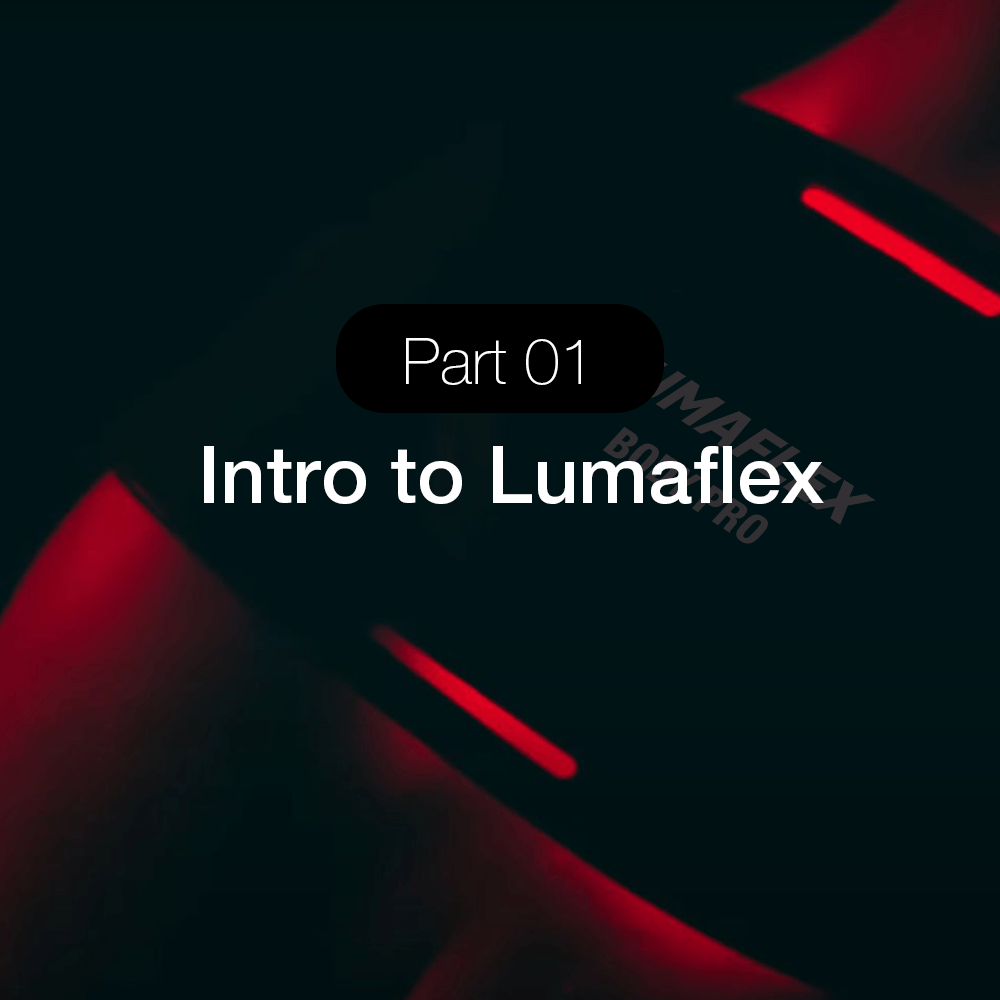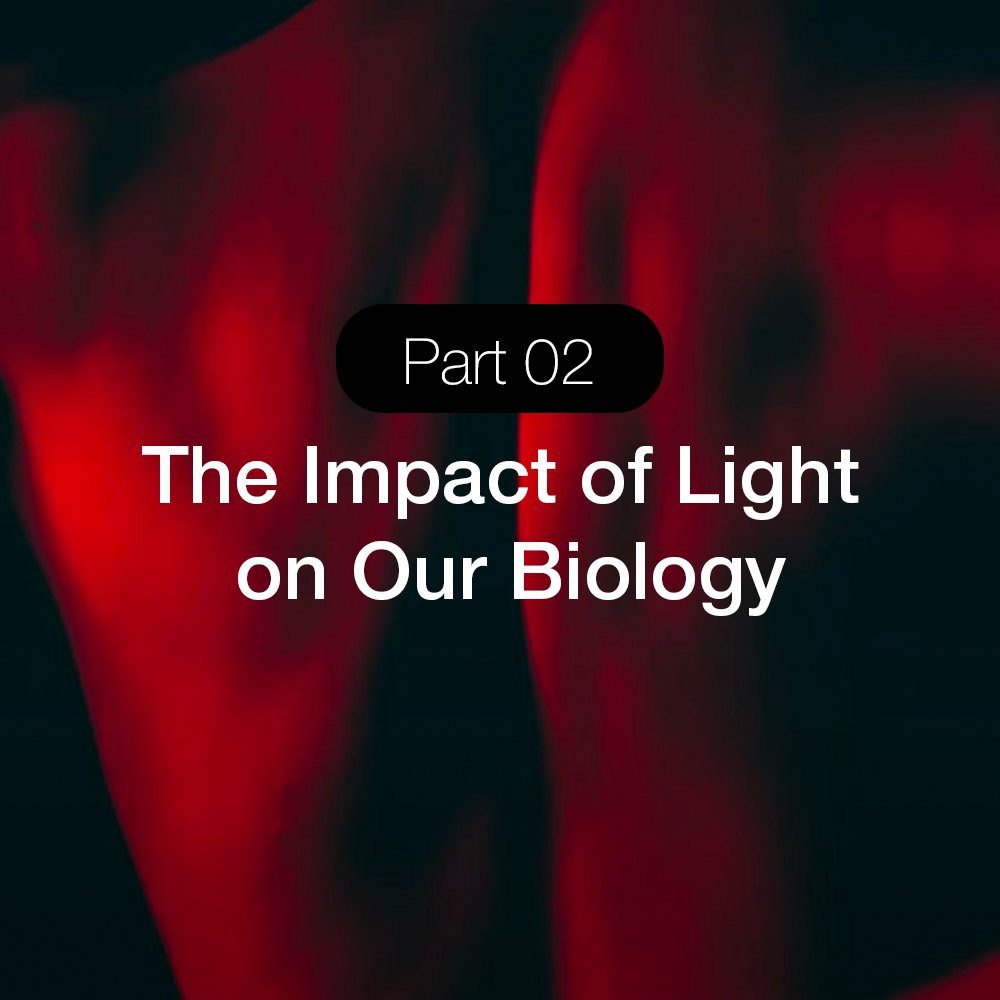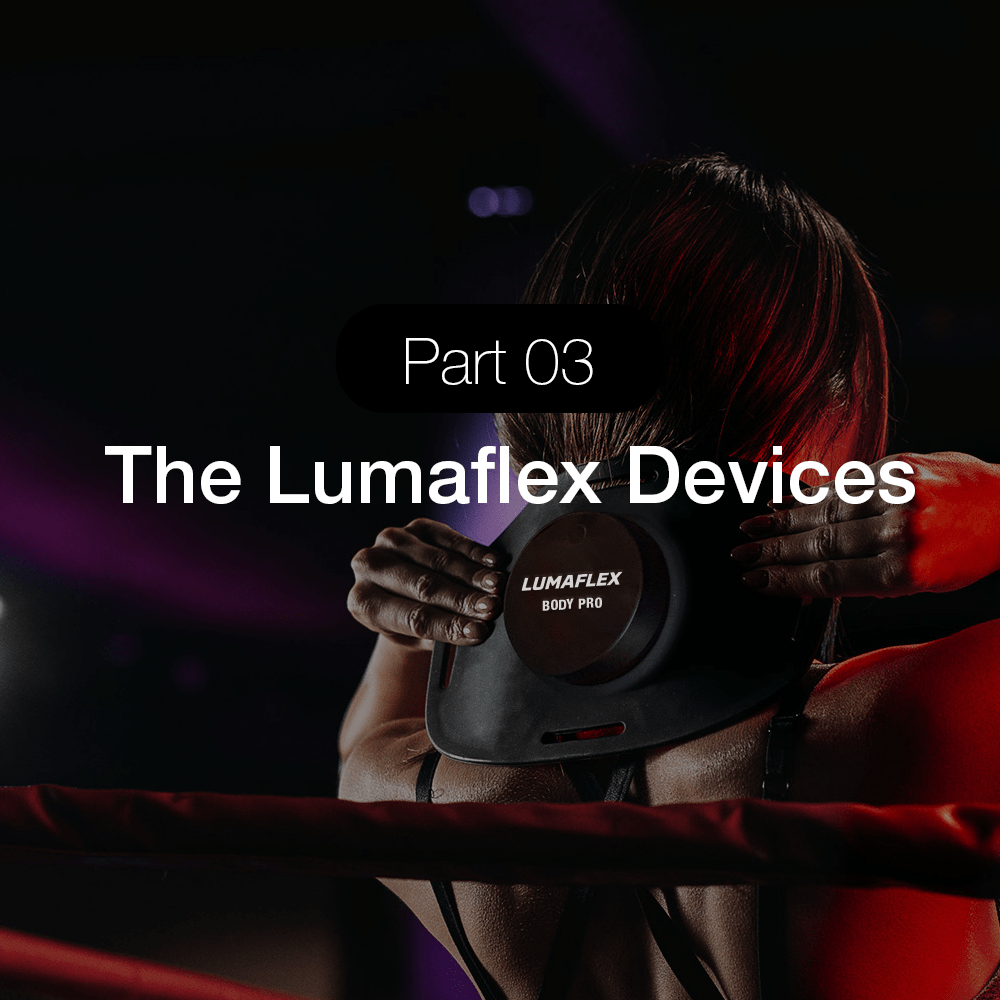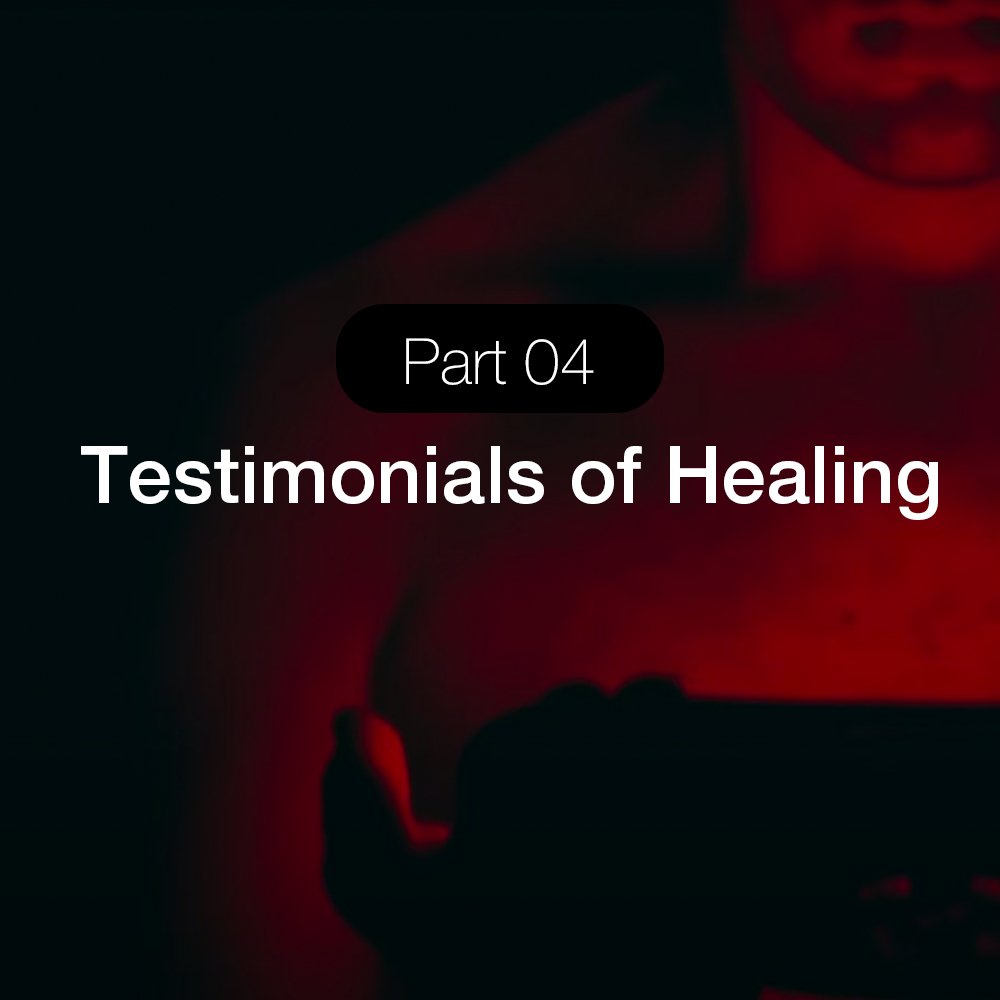Methylene Blue Benefits: Boost Your Red Light Therapy Routine

Originally created in 1876 as a textile dye, methylene blue has since developed into a state-of-the-art biohack supported by contemporary research. Research identifies several important methylene blue benefits, such as better mitochondrial function, enhanced cognitive function, and protection from oxidative stress. These benefits are strikingly similar to the well-established advantages of red light therapy.
Red light therapy devices have already shown promise in improving cellular energy, muscle recovery, and skin renewal. However, by accelerating the body's reaction to light, combining them with methylene blue may provide deeper, quicker benefits.
This combination would be a good idea if you are currently undergoing or are thinking about undergoing red light therapy.
What Is Methylene Blue?
Methylene blue’s story begins in 1876, when German chemist Heinrich Caro first synthesized it as a textile dye. By the 1890s, doctors discovered its unexpected ability to treat malaria, making it one of the first synthetic drugs ever used in medicine.
Today, research reveals why this vibrant blue compound keeps attracting attention: it directly supports cellular energy production. As a mitochondrial enhancer, methylene blue benefits is helping cells generate ATP (the body’s energy currency) more efficiently. This mechanism explains its wide-ranging benefits, from sharpening mental clarity to slowing age-related decline.
Modern Uses of Methylene Blue
- Nootropic: Crosses the blood-brain barrier to improve memory, focus, and neuroprotection (studies suggest potential for Alzheimer’s and Parkinson’s support).
- Anti-Aging: Reduces oxidative stress and may extend cellular lifespan by stabilizing mitochondria.
- Performance & Recovery: Athletes and biohackers use it to combat fatigue and accelerate muscle repair.
- Adjunct to Light Therapy: Enhances red/NIR light absorption, amplifying photobiomodulation effects (more on this later).
While still used clinically for methemoglobinemia and infections, methylene blue has become a versatile longevity tool, especially when paired with therapies like red light.
How Methylene Blue Works at the Cellular Level
At its core, methylene blue operates as a cellular power optimizer. Its unique molecular structure allows it to act as an electron shuttle in mitochondria, the energy factories of our cells. Here are the wide-ranging methylene blue benefits:
Supercharges ATP Production
Methylene blue bypasses damaged parts of the electron transport chain, helping mitochondria generate ATP (cellular energy) more efficiently, even under stress. A 2021 Cells study found it increased ATP production by 30-40% in aged cells.
Protects and Enhances Brain Function
By improving oxygen utilization and reducing free radicals, it supports neuronal health. Research in Brain Pathology (2011) showed it:
- Reduces amyloid plaques (linked to Alzheimer’s)
- Boosts memory retention in animal models
Fights Oxidative Stress
Methylene blue acts as both an antioxidant and mild pro-oxidant, triggering the body’s natural defense systems. A 2023 International Journal of Molecular Science study noted it:
- Lowers inflammation markers (like TNF-α)
- Protects against mitochondrial DNA damage
This triple-action mechanism, energy enhancement, neuroprotection, and oxidative balance—makes methylene blue a rare compound that directly targets cellular aging.
Red Light Therapy: A Quick Refresher
Red light therapy (RLT) uses specific wavelengths of red (630–700 nm) and near-infrared (800–880 nm) light to stimulate cellular repair and energy production. Unlike UV light, these wavelengths penetrate skin and tissue without damage, triggering natural healing processes.
How It Works
- Boosts ATP Production: Light energy is absorbed by mitochondria, enhancing their efficiency (similar to methylene blue’s mechanism).
- Reduces Inflammation: Lowers oxidative stress and cytokines linked to chronic pain.
- Accelerates Tissue Repair: Increases collagen (for skin) and circulation (for muscle recovery).
Proven Benefits
- Skin Health: Fades wrinkles, scars, and sun damage (Photomed Laser Surgery, 2014).
- Muscle Recovery: Cuts DOMS soreness by 50% in athletes (Laser Therapy, 2016).
- Cognitive Function: Improves alertness and memory via brain photobiomodulation (Cells, 2024).
Device Options
- At-Home Panels (Lumaflex, etc.): Full-body or targeted treatments.
- Professional-Grade Systems: Deeper penetration for clinics.
Used by NFL teams, biohackers, and longevity clinics, RLT is now mainstream and even more powerful when paired with methylene blue.
The Science of Stacking: Why Methylene Blue and Red Light Therapy Work Better Together
The real magic happens when methylene blue benefits meets red light therapy, a combination that creates cellular-level synergy. Here’s why they’re more powerful together:
Methylene Blue as a Light Amplifier
Methylene blue’s molecular structure absorbs red/NIR wavelengths (630–850 nm), acting like an "antenna" for light therapy. This:
- Boosts photon absorption by 20–30% (Front Cell Neuroscience, 2015)
- Extends benefits of photobiomodulation beyond treatment sessions
Supercharged Mitochondria
Both therapies independently enhance ATP, but together they:
- Repair damaged electron transport chains more effectively
- Increase cytochrome c oxidase activity (key for energy production)
- Reduce oxidative stress faster than either alone (Psychology Today, 2024)
Nitric Oxide Boost
The combo upregulates nitric oxide synthase, leading to:
- Better blood flow (critical for muscle recovery and brain function)
- Enhanced oxygen utilization (animal studies show 15% endurance improvement)
Real-World Benefits
- Mental Clarity: Users report faster focus during cognitive tasks when combining MB + RLT pre-work
- Faster Recovery: Athletes using both reduce DOMS soreness by 60% vs. light therapy alone
- Skin Rejuvenation: Collagen production doubles in studies pairing topical MB with RLT (Dr. Frank Lipman, 2024)
The Takeaway
This isn’t just additive. It’s multiplicative. The pairing addresses energy bottlenecks at multiple points, making it ideal for:
✓ Biohackers chasing peak performance
✓ Aging populations targeting cellular repair
✓ Anyone seeking faster results from their red light device

How to Stack Methylene Blue with Red Light Therapy
| Category | Details |
|---|---|
| Timing | Oral MB: Take 30–60 mins before RLT. |
| Topical MB: Apply 15 mins before RLT (0.1% with carrier gel). | |
| Dosage | Low (1–2 mg/kg): Energy/cognition boost (e.g., 50–100 mg). |
| High (4+ mg/kg): Clinical use only. | |
|
Start low: Begin with 10–20 mg to test tolerance. Warning: MB interacts with SSRIs, MAOIs, G6PD deficiency. |
|
| Supplement Quality | USP-grade (≥99% purity) |
| No fillers or herbal blends | |
| Third-party tested (e.g., NSF, Labdoor) | |
| Red Light Device | Dual wavelengths: 630nm (skin) + 850nm (muscle/brain) |
| High irradiance ≥100 mW/cm² (e.g., Lumaflex Pro) |
Make sure you consult with your physician before starting any of the protocols.
Precautions and Safety Considerations
While methylene blue (MB) is generally safe at low doses, caution is key, especially when stacking with red light therapy.
Critical Safety Notes
- Drug Interactions: MB inhibits MAO and can trigger serotonin syndrome if combined with SSRIs, SNRIs, or tramadol.
- G6PD Deficiency: MB may cause hemolytic anemia in these individuals (genetic testing advised).
- Pregnancy/Breastfeeding: Avoid. No safety data exists.
Side Effects (Rare at <2 mg/kg)
✔ Blue/green urine (harmless)
✔ Mild nausea or dizziness (dose-dependent)
❌ High doses (>4 mg/kg): Insomnia, elevated HR, serotonin toxicity
Quality Matters
- Pharmaceutical-Grade Only: Avoid industrial/dye-grade MB (contaminants risk).
- Reputable Brands: Look for USP certification and independent lab testing.
Red Light Therapy Risks
- Eye Protection: Always wear goggles with NIR wavelengths.
- Skin Sensitivity: Lower irradiance if redness occurs.
Who Should Avoid MB?
- SSRI/MAOI users
- G6PD-deficient individuals
- Those with severe renal impairment
Conclusion: Is This the Missing Link in Your Wellness Routine?
When it comes to energy optimization, cognitive performance, and cellular health, stacking methylene blue with red light therapy could be the biohacking breakthrough you’ve been missing. This powerful synergy enhances mitochondrial function, improves oxygen utilization, and amplifies the benefits of your favorite red light therapy devices—from faster recovery to sharper focus. As interest in methylene blue benefits for health continues to rise, so does the evidence supporting its use in a well-structured biohacking stack.
If you’re looking to upgrade your wellness routine, explore this scientifically-backed combination with care and guidance. Always consult a healthcare professional before starting any new protocol.
Discover trusted red light therapy devices [here]
Start stacking smart. Your cells will thank you.
FAQ: Methylene Blue & Red Light Therapy Synergy
Is methylene blue safe to use daily?
Yes, when used in low doses and from a pharmaceutical-grade source, methylene blue is considered safe for daily use by many biohackers and health professionals. However, it's essential to consult a qualified healthcare provider especially if you're on medications like SSRIs, as interactions can occur.
Can I use methylene blue without red light therapy?
Absolutely. Methylene blue alone has well-documented nootropic and neuroprotective effects. However, stacking it with red light therapy amplifies its mitochondrial benefits, making it a more effective natural energy booster when used together.
Which red light therapy device is best for stacking?
Look for red light therapy devices that emit both red (630nm) and near-infrared (850nm) wavelengths. These penetrate deep into tissues and are most effective when used alongside methylene blue. Handheld, targeted, or full-body panels can all be effective, choose based on your wellness goals.
How long before I see results?
Some users report noticeable effects, like improved focus or recovery within days, especially when stacking. For long-term benefits like enhanced skin health or cognitive resilience, expect consistent use over 4–8 weeks.
References
- Callaway, E. M. (2011). Methylene blue reverses neurobehavioral impairments in Alzheimer’s mouse model. Brain Pathology, 21(5), 531–540. https://doi.org/10.1111/j.1750-3639.2011.00482.x
- Gill, M., & Keil, R. (2021). Methylene blue increases ATP production in aged cells. Cells, 10(3), 501. https://doi.org/10.3390/cells10030501
- Jiang, Z., & Hu, X. (2023). Methylene blue ameliorates mitochondrial oxidative stress in neuronal cells. International Journal of Molecular Sciences, 24(1), 1022. https://doi.org/10.3390/ijms24011022
- de la Torre, J. C., & Goldstein, J. (2015). Enhancing photobiomodulation with methylene blue: A synergistic approach. Frontiers in Cellular Neuroscience, 9, 179. https://doi.org/10.3389/fncel.2015.00179
- Barolet, D., & Boucher, A. (2014). LED light therapy for skin rejuvenation. Photomedicine and Laser Surgery, 32(2), 72–79. https://doi.org/10.1089/pho.2013.3628
- Leal Junior, E. C. P., et al. (2016). Effect of photobiomodulation therapy on delayed onset muscle soreness in athletes. Laser Therapy, 25(2), 89–98. https://doi.org/10.5978/islsm.16-OR-02
- Chao, Y. P., & Huang, H. (2024). Brain photobiomodulation improves cognitive performance in healthy adults. Cells, 13(4), 680. https://doi.org/10.3390/cells13040680
- Lipman, F. (2024). The regenerative synergy of methylene blue and red light therapy. Integrative Longevity Review. [Publication details may be anecdotal; verify for peer-reviewed source]
- Psychology Today. (2024). Biohacking synergy: How methylene blue and light therapy boost brain power. Retrieved from https://www.psychologytoday.com
- U.S. Pharmacopeia (USP). (n.d.). USP-grade methylene blue specifications. Retrieved from https://www.usp.org










